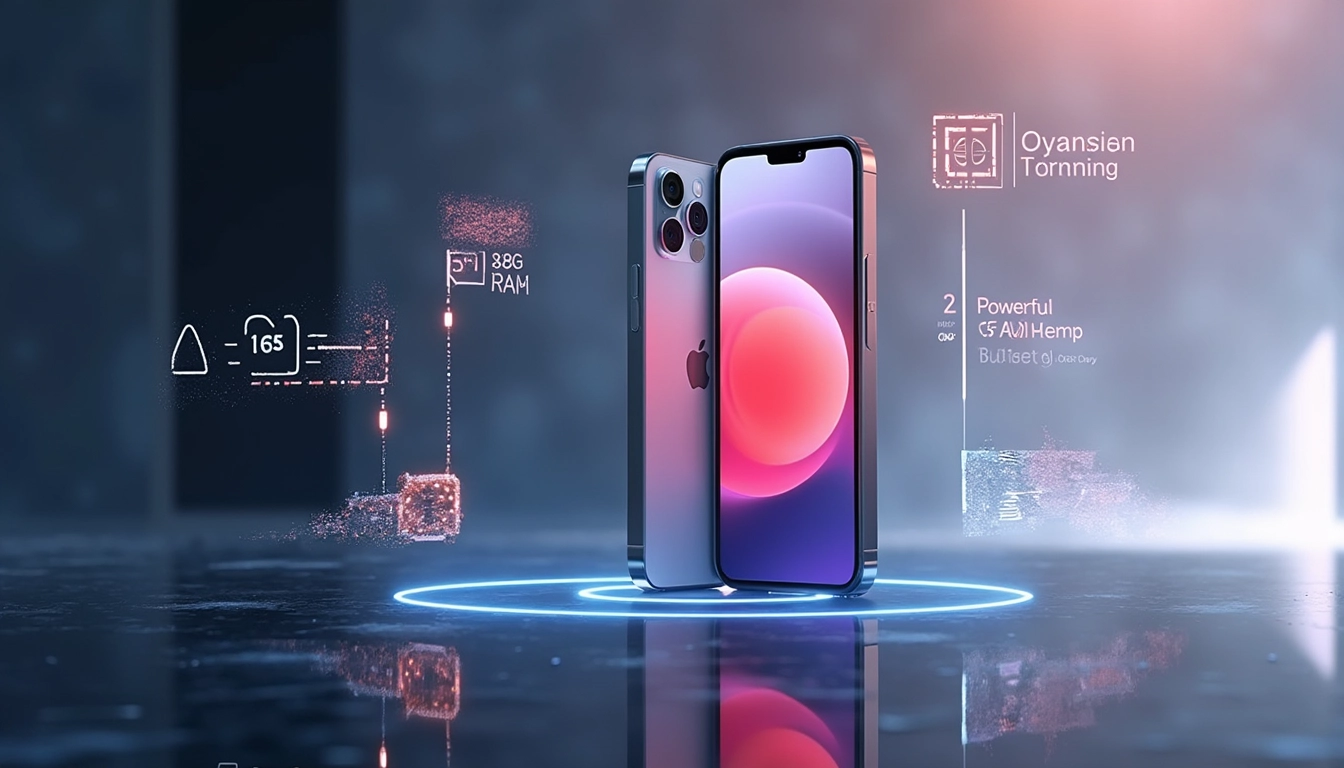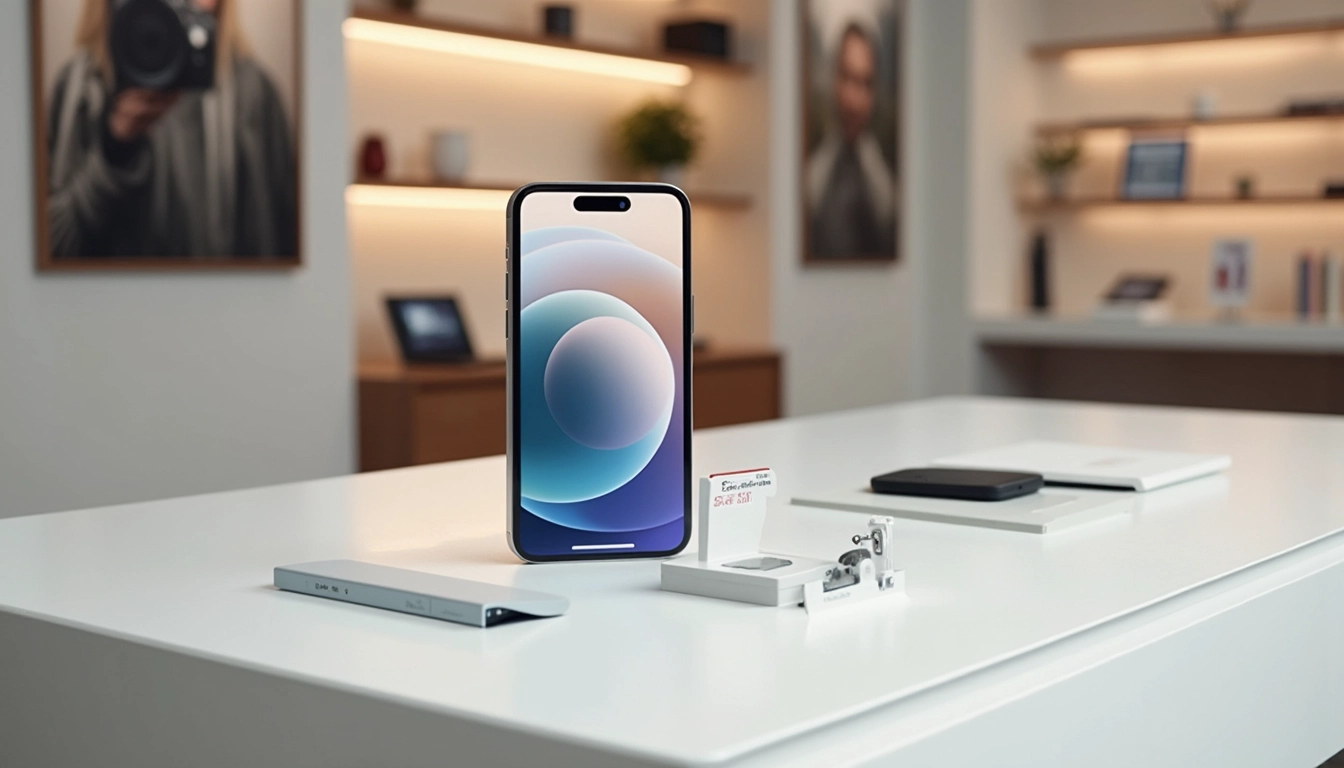
iPhone 16e Review: Balanced Performance Meets Strategic Price Compromises
Apple’s latest mid-range offering, the iPhone 16e, brings notable improvements in battery efficiency and processing power through its A18 and C1 chips, while making calculated compromises to hit a lower price point. The device demonstrates strong performance in key areas like battery life and CPU benchmarks, though some users may find the $599 price tag steep given the omission of premium features like MagSafe charging and additional camera sensors.
Key Takeaways:
- The new C1 chip delivers 25% better power efficiency compared to previous modems
- Impressive battery life exceeding 24 hours with enhanced 5G streaming capabilities
- Single 48-megapixel camera performs well but lacks advanced features of premium models
- The A18 chip matches or exceeds iPhone 16’s CPU performance despite having one less GPU core
- Notable omissions include MagSafe charging and Dynamic Island features
Performance and Processing Power
The iPhone 16e’s A18 chip paired with 8GB RAM delivers exceptional processing capabilities that rival its more expensive siblings. While it has one less GPU core than the standard iPhone 16, its CPU performance actually shows improved benchmark scores compared to the iPhone 16 and 15 series. Mid-range smartphone competition has become increasingly fierce, but the 16e holds its ground with smooth handling of video games, editing tasks, and Apple Intelligence features.
Revolutionary C1 Chip and Battery Efficiency
The introduction of the C1 modem marks a significant advancement in power efficiency. Drawing just 0.67 watts compared to 0.88 watts in high signal strength scenarios, this new chip extends battery life while maintaining competitive 5G speeds. During testing, the device achieved an impressive 7 hours and 53 minutes of 5G video streaming – outperforming the iPhone 16 by 53 minutes.

Camera System and Imaging Capabilities
The iPhone 16e features a single 48-megapixel rear camera that produces quality images in well-lit conditions. However, the smaller sensor size becomes apparent in low-light situations, resulting in reduced sharpness and less pronounced depth of field effects. The absence of additional lenses and the Camera Control button might disappoint photography enthusiasts, but casual photographers will find the camera system adequate for daily use.
Design Considerations and Limitations
Several design choices reflect the device’s mid-range positioning. The absence of MagSafe support means slower Qi charging speeds and increased heat generation during wireless charging. The retention of the traditional notch design instead of Dynamic Island might feel dated to some users, but it maintains Face ID functionality. Smart device innovation continues to evolve, making these compromises more noticeable.
Value Assessment and Market Position
At $599, the iPhone 16e positions itself in an interesting spot in the market. While the performance improvements and battery efficiency make it an attractive option, the price point may seem steep considering the features left out. Market analysis suggests that consumers increasingly expect more features at this price point, though the device’s strong performance metrics and improved battery life might justify the investment for many users.


